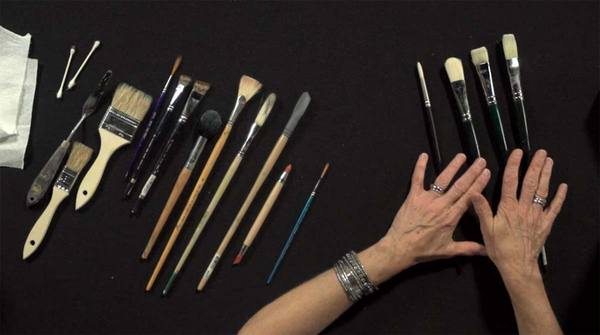Today’s article is brought to you by one of our sponsors, Liliedahl Art Instruction Videos, which brings you a variety of workshops that teach you how to paint like the masters.
In Laurel Daniel’s video Oil Painting for Beginners, it’s all about getting started right. Because getting started right can make a big difference.
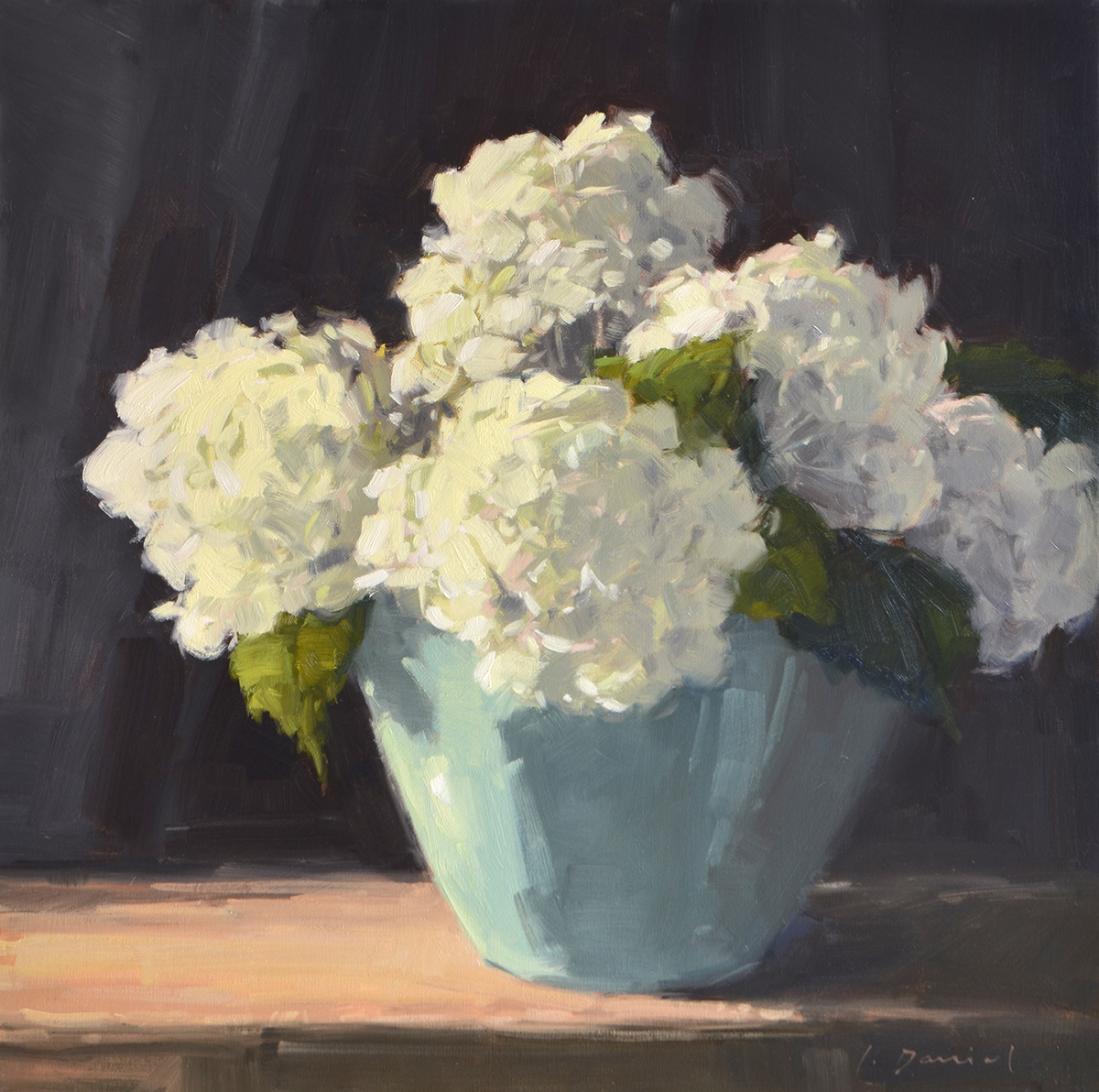
“I remember what it was like to be a beginner,” says Daniel in her video. “And I know it can be daunting. Keep in mind that learning to paint is like learning any new skill: You start with the basics and add on one thing at a time. It always just takes practice and sticking with it.”
One area where it’s especially important to get it right is with your brushes.
“Brushes are kind of like golf clubs in that each one has a little bit different characteristic and a little bit different job to do,” says Daniel in Oil Painting for Beginners. “So if you know what you’re trying to achieve, and you know which brush is best to do it, then you’re going to be in good shape.”
There are hundreds of brushes and bristle types to choose from. But don’t get overwhelmed. If you’re just starting out with painting in oil, Daniel recommends brushes with hog hair bristles. She has found that hog hairs are sturdy enough to stand up to oil paint; you can mix heavy paint with them and they keep their shape. If a brush is too floppy (think a watercolor brush), you won’t be able to effectively create those wonderful brushstrokes so sought after in oil painting.
“That’s not to say that every brush doesn’t have something that it offers,” says Daniel. “I’ve learned how to make the hog hair brushes work for me best … I find those to be the most versatile.”
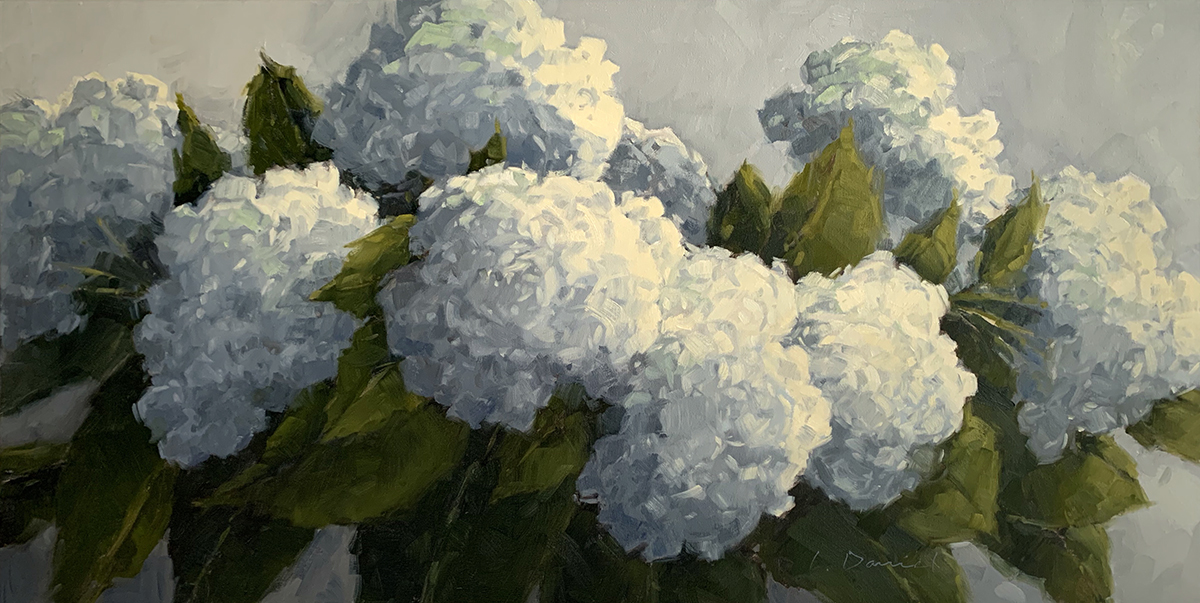
How to Paint: Four Basic Types of Brushes
Daniel recommends all oil painters begin with four brush shapes.
Flat Brush/Bright Brush
The first two brushes, the flat and the bright, are both squared off. Daniel likes both of these brushes because she considers them the most versatile. You can do both broad and thin strokes with them, and you can make points with them by using the corners.
“By just turning them a little bit, you can achieve almost everything you need,” she says.
The difference is that the flat is almost twice as long as the bright.
“The flat will hold a lot more paint,” says Daniel. “So when you’re going to mix paint and you’re loading up your brush, you’re going to find that the flat just carries a whole lot more paint than the bright will.”
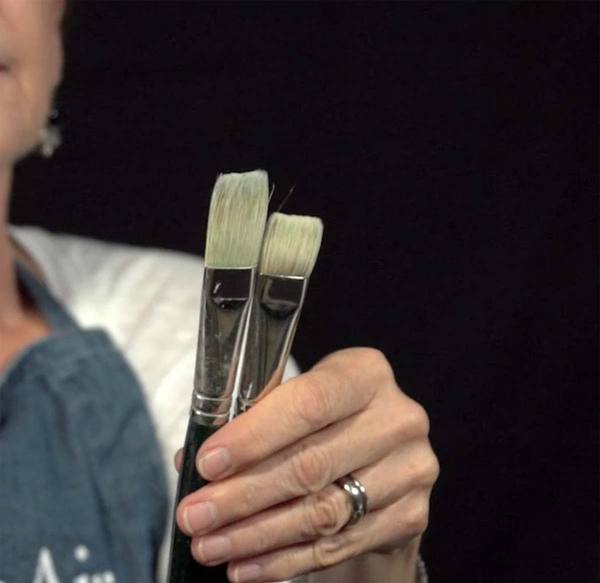
The bright, while it may not hold as much paint, will create a firmer line.
“There are times when you want to have a brushstroke that shows up a little bit more,” Daniel says. “You’re going to find that the bright works really well.”
Filbert Brush
The filbert is as long as the flat and so will hold almost as much paint. It’s great to load up with paint. Where it’s different from the flat is that it will give you a much softer edge than its square-edged counterpart.
“The filbert is going to be a little bit harder to get strong edges with. So if you like a softer touch, you might enjoy the filbert,” says Daniel.
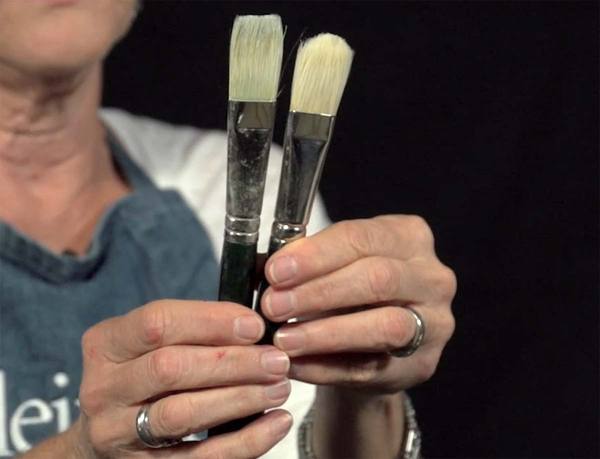
Round
If you’re looking for a brush for your small detail work or putting in lines, it’s time to reach for your round. Rounds come in many shapes, and the one Daniel uses is quite small. If you’re trying to cover large areas with paint, the small round is not the brush for the job.
Daniel recommends getting comfortable with a standard set of brushes first, then beginning to branch out.
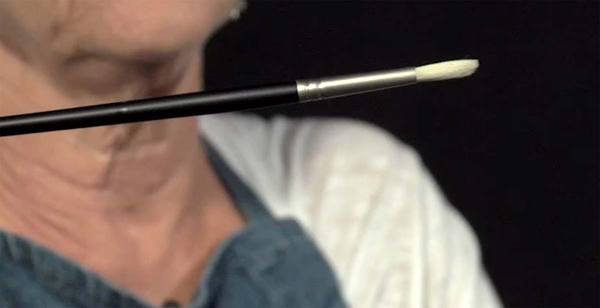
A Final Note About How to Paint With Brushes
“There are all kinds of brushes that each have their own little purpose,” says Daniel. “So as you get comfortable with the main ones, start adding in and experimenting with some of these other ones. I think it’s best always to start with the mainstream before you do that.”
And Daniel reminds you that not only the shape but also the size has to come into play when deciding which brush to use.
“I would never use an itty-bitty small brush on a large canvas. So just be aware that, always, the brushes are going to go up in size as you go to bigger canvases.”
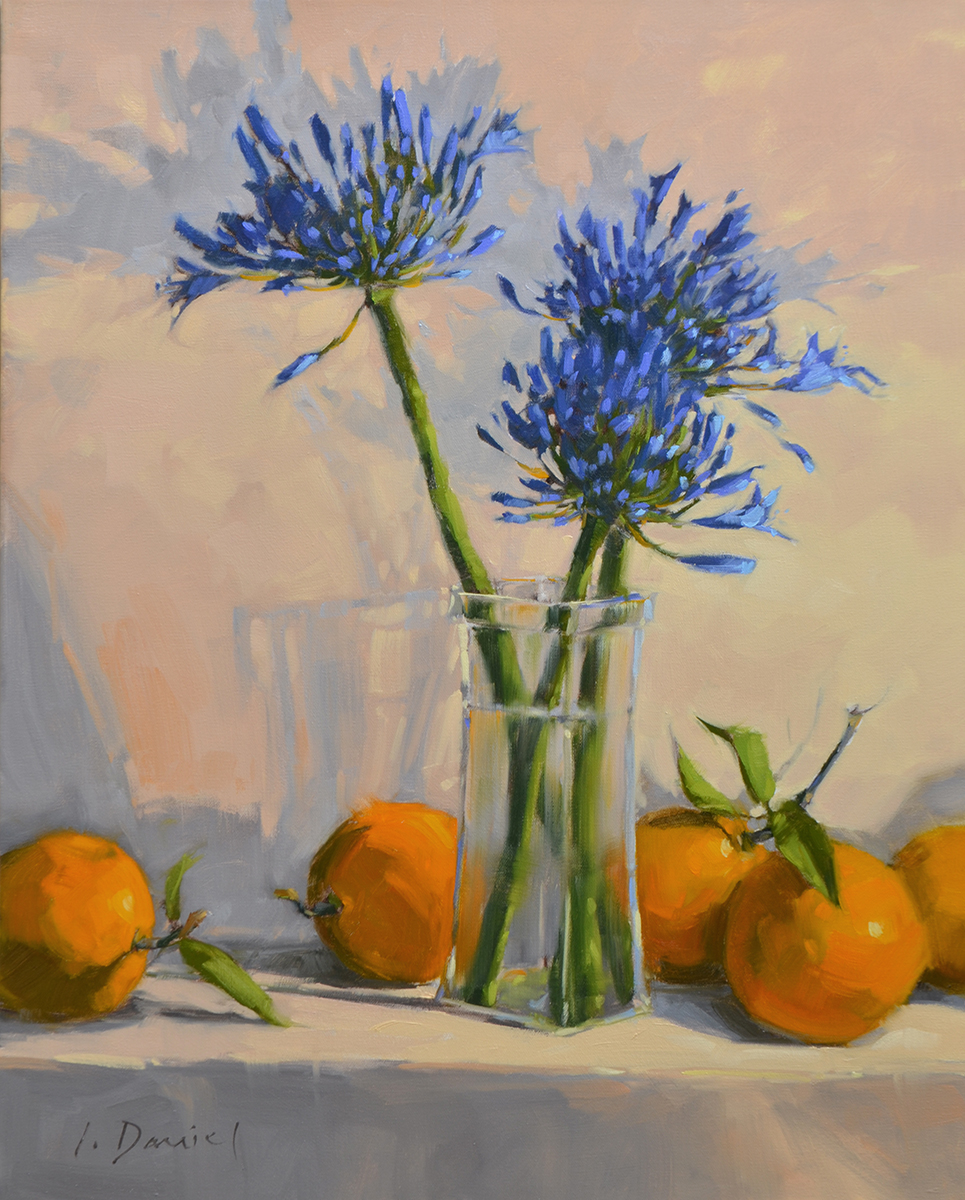
Want to learn more about which brushes to use in your oil painting (plus a whole lot more on materials PLUS a demo)? Check out Laura Daniel’s Oil Painting for Beginners (preview below):
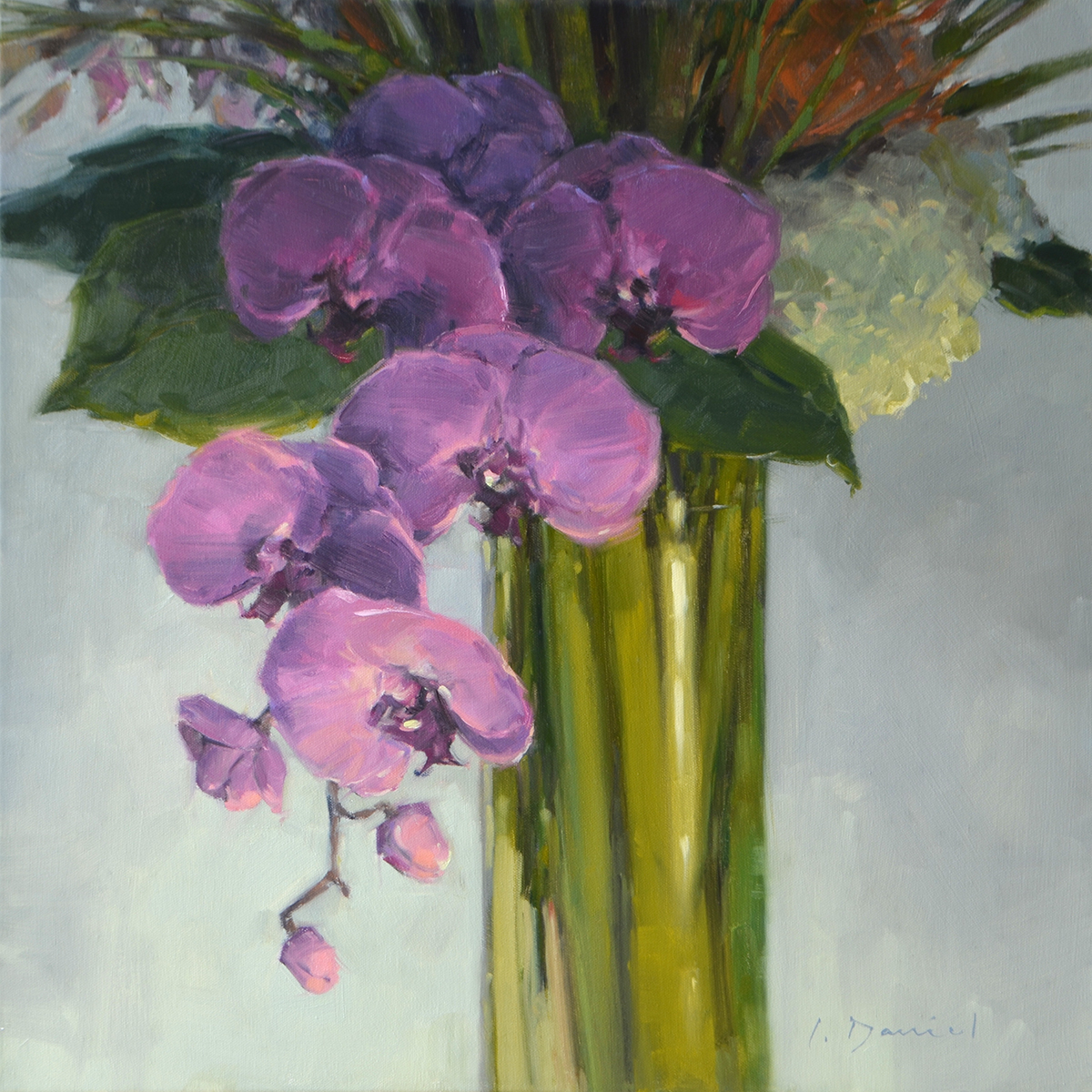
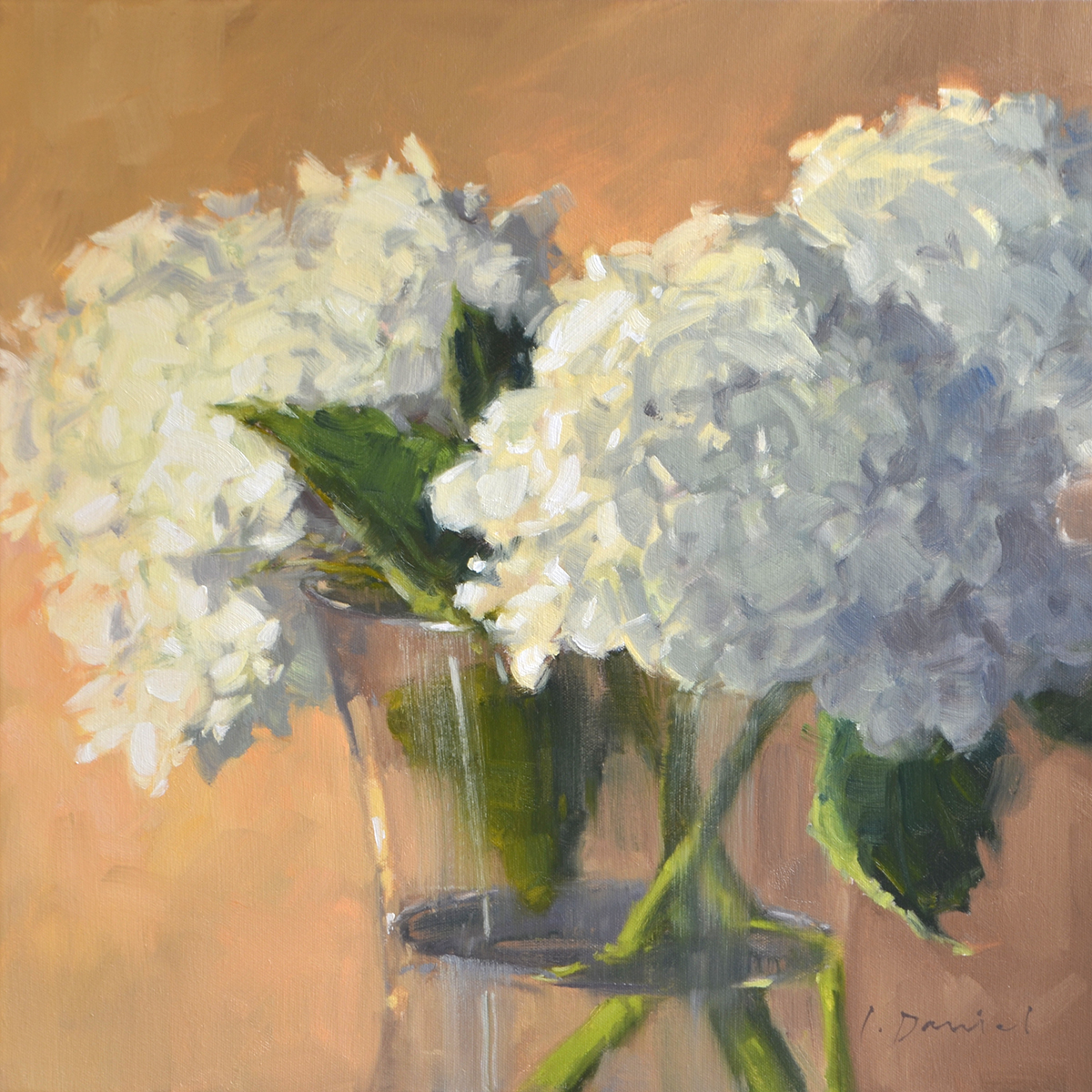
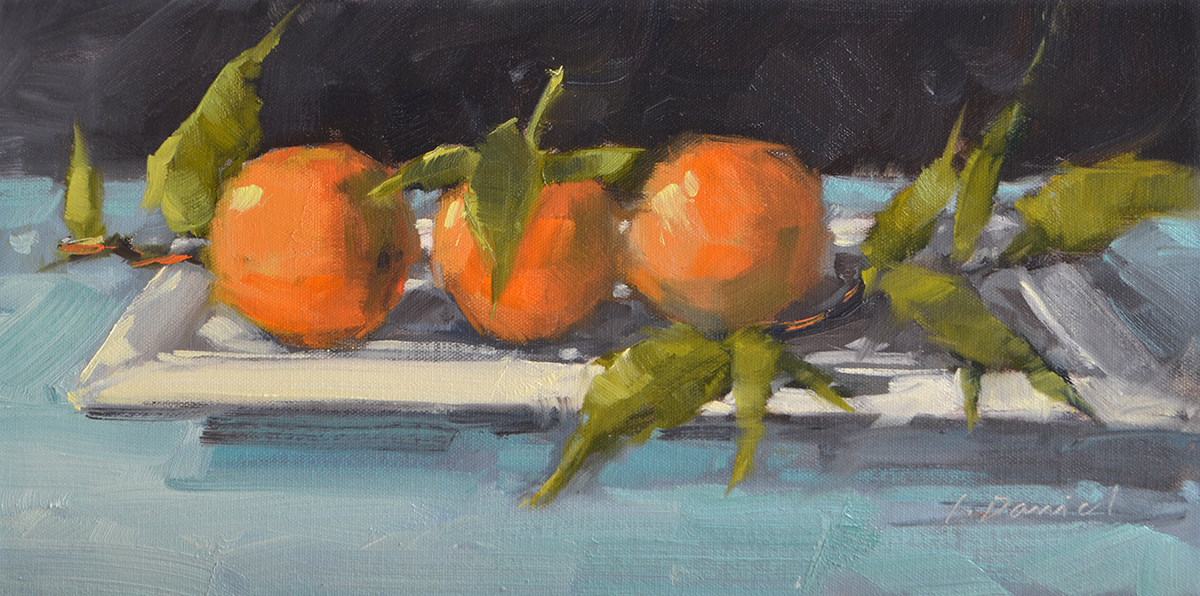
LAUREL DANIEL: OIL PAINTING FOR BEGINNERS 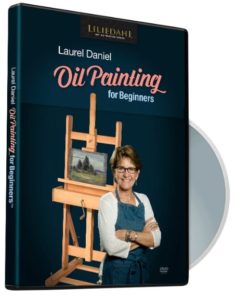
Video Length: 4 Hours, 14 Minutes
This Is the Fastest and Easiest Way to Master the Basics of Oil Painting and Start Creating Your Own Stunning Compositions Right Now …
Even If You’ve Never Held a Paintbrush in Your Life!
We hear it a lot…
“If only I could paint like that.”
“I’ve got no talent.”
Perhaps you or someone you know wants to learn to create beautiful oil paintings but feels as though they did not get “the gift of painting.”
Want to know a well kept secret? Read more here about Oil Painting for Beginners here.


